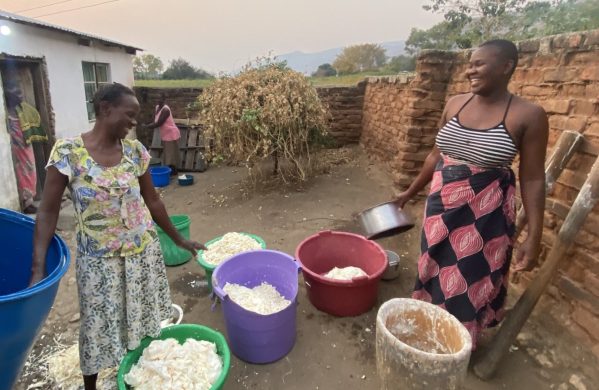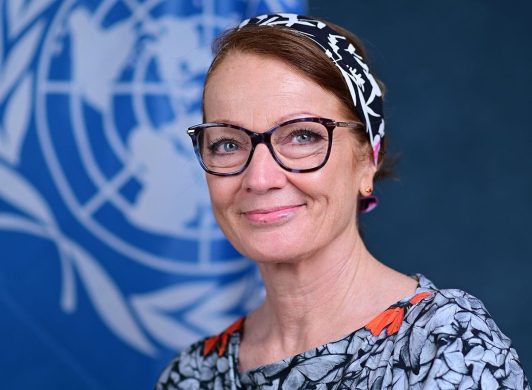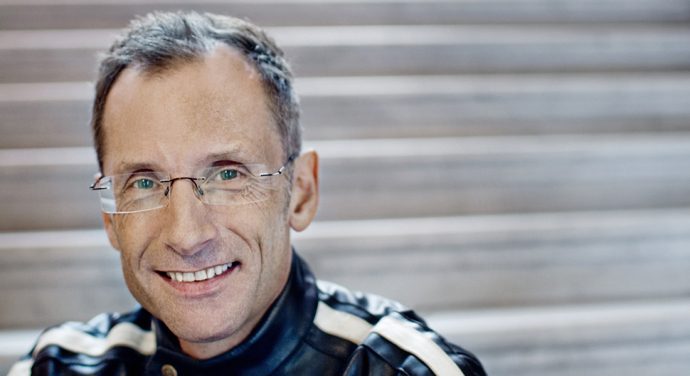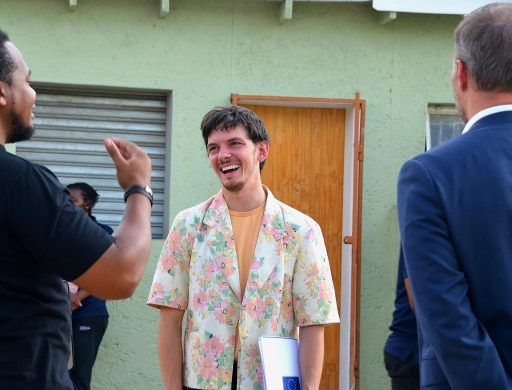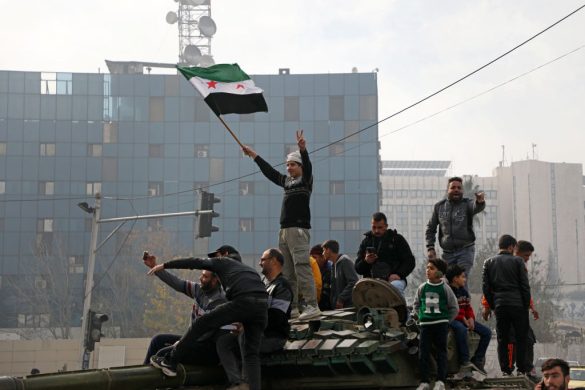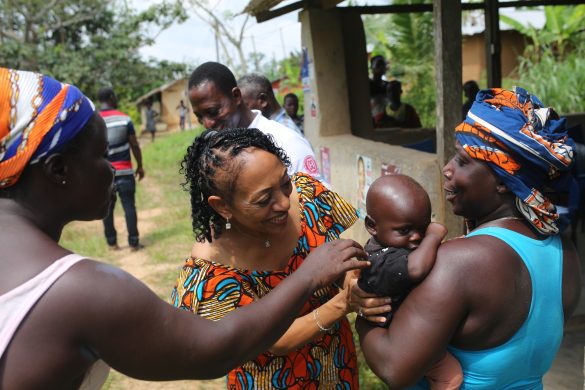Verdensbanken indgik onsdag en aftale med 51 bistandsdonorer om genopfyldning af IDA, International Development Association, bankens fond til udviklingsarbejde i de fattigste lande – også kaldet de fattigste største projektkasse.
BRUSSELS, 15 December, 2010: A final agreement was reached Wednesday on a 49,3 billion US dollar (omkring 275 milliarder DKR) funding package for the sixteenth IDA replenishment (genopfyldning) (IDA16).
It is up 18 per cent on the previous round 3 years ago and follows pledges not only from traditional donors but also funding from within the World Bank Group and from current and former IDA borrowers.
A total of 51 donors pledged to IDA16, which covers the period from July 2011 to June 2014.
The new compact is manifested in strong pledges from both traditi-onal and new do-nors, contributions through pre-payments from countries that used to borrow interest-free loans from IDA and contributions from World Bank and IFC net income.
– With this robust IDA replenishment, we will have the ability to help immunize 200 million more children, extend health services to over 30 million people, give access to improved water sources to 80 million more people, help build 80.000 kilometers of roads and train and recruit over two million teachers, World Bank President Robert B. Zoellick said.
The agreement marks the last opportunity for donors and poor countries to effectively use IDA funds to make more progress on reaching the Millennium Development Goals, which includes the internationally agreed target to halve poverty by 2015.
Over the next three years, IDA will help 79 of the world’s poorest countries boost growth and overcome poverty by financing infrastructure, improving health services, educating children, and combating climate change.
Special focus will be given to addressing gender issues and helping fragile and conflict affected countries in their quest for peace and development. As in the past, Sub-Saharan Africa will remain a major focus of IDA support.
– This is very good news for the poor across the world, particularly in Sub-Saharan Africa, where IDA’s long standing support has already helped to achieve concrete results. We applaud the sense of solidarity expressed by the donor community through this significant replenishment, said Bingu wa Mutharika, President of Malawi and Chairman of the African Union.
Donors and partners also endorsed special crisis funding from within IDA to help low income countries deal with the impact of natural disasters and severe economic shocks. The new Crisis Response Window will include a special allocation for Haiti as it continues to recover from the 2010 earthquake.
The funding pledges came after a series of meetings this year, with the final two days of talks in Brussels, hosted by the Government of Belgium.
During negotiations, delegates recognized IDA’s track record over the past 10 years in helping save 13 million lives, immunizing over 310 million children, improving access to water for more than 100 million people, and building or rehabilitating more than 100.000 kilometers of roads, helping poor people gain access to markets and services.
– These pledges will not only help improve the lives of 200 million people, they also represent a vote of confidence in IDA and its ability to maximize the development impact of scarce tax payers’ money, said Axel van Trotsenburg, World Bank Vice President for Concessional Finance and Global Partnerships.
IDA: The World Bank’s Fund for the Poorest
The International Development Association (IDA) is one of the world’s largest sources of aid. IDA provides support for health and education, infrastructure and agriculture, and economic and institutional development to 79 of the least developed countries – 39 of them in Africa.
About 20 per cent of IDA funding is provided as grants (gaver), the rest is in the form of interest-free, long-term credits (rentefrie langfristede lån). Nearly all of IDA’s credits have no interest charge and repayments are stretched over 35 to 40 years, including a 10-year grace (afdragsfri) period.




